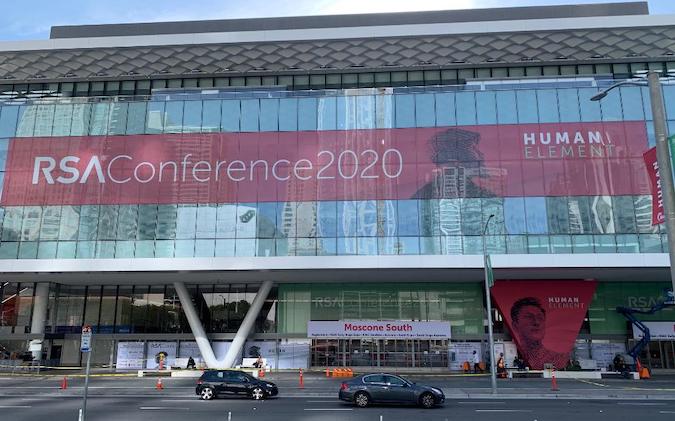RSA Conference 2020 takes place this week in San Francisco, with nearly 700 exhibitors and more than 40,000 attendees expected.
As the industry’s largest conference, many security vendors leverage the event to launch new products and announce updates and enhancements to their offerings.
To help cut through the clutter, the SecurityWeek team will publish a daily digest summarizing some of the product and service announcements made throughout the week.
Coverage Summary: Day 3 | Day 2 | Day 1
Intel announced four new security capabilities and provided further information on its previously-announced Compute Lifecycle Assurance supply chain transparency initiative. Intel believes that the next ten years will see more architecture advancements than the last 50 years. The capabilities are application isolation, VM and container isolation, full memory encryption, and Intel platform firmware resilience.
SentinelOne announced the general availability of its container and cloud-native workload protection (CWPP) offering, which provides fully featured autonomous runtime protection, detection and response for cloud workloads. The solution extends SentinelOne’s XDR platform to introduce full visibility, detection, response and threat hunting for containerized workloads.
SCYTHE launched SCYTHE Marketplace, which enables trusted third-party developers to create new capabilities for the company’s attack emulation platform. The created modules can be used by red, blue, and purple teams to emulate certain types of attacks and test their defenses.
Secureworks launched Cloud Configuration Review, a cloud configuration assessment solution and the first in a suite of services building on a partnership with VMware. The platform offers public cloud security and compliance monitoring capabilities, to help detect configuration vulnerabilities, understand the business impact of critical risks, and address challenges associated with public cloud adoption.
Google showcased new scanning capabilities in Gmail, which have already helped improve the detection rate of malicious documents by 10%. The technology was designed to help with the detection of adversarial attacks – which usually come in bursts – and has already delivered a 150% detection rate improvement. Only Office documents are being scanned at the moment, but the technology is still under development.
Gurucul announced a cloud-native data science driven platform for automating security controls that includes User and Entity Behavior Analytics (UEBA), Network Traffic Analysis (NTA), log aggregation, SIEM capabilities, SOAR, and threat hunting. Leveraging machine learning and artificial intelligence, the Unified Security & Risk Analytics helps organizations ingest and analyze data from network, IT systems, cloud platforms, applications, IoT, and more, for real-time detection of threats.
Riskonnect and Compliance.ai partnered to provide organizations with the ability to streamline compliance processes and address regulatory updates faster. By integrating Compliance.ai’s regulatory content and change management platform into Riskonnect’s compliance solution, the two companies aim to provide managers with a feed of domestic and global regulatory changes, aggregated from over 720 sources, 110 document types, and 38 document attributes.
